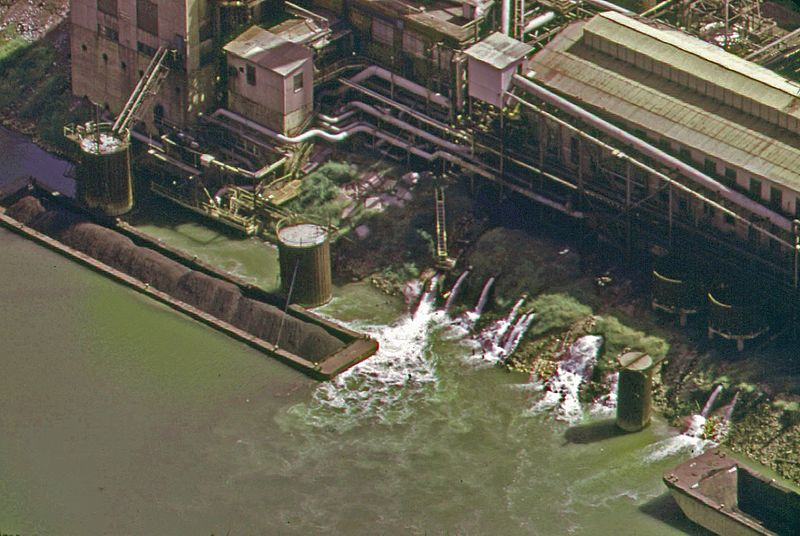Answer – Thermal pollution is characterized by a rapid rise or fall in the temperature of a natural water body, such as oceans, lakes, rivers, or ponds, due to human activities.
Explanation:
Here are some causes of thermal pollution in an ecosystem:
1. Industrial cooling water usage: Industrial, manufacturing, and power plants extract water from natural water bodies (for example, a reservoir) to cool their machinery and, subsequently, discharge it back into the source at elevated temperatures. This reintroduction of the heated water into the river or ocean significantly increases its overall temperature. Petroleum refineries, pulp and paper mills, chemical plants, steel mills, and other industrial facilities also contribute greatly to thermal pollution in a similar manner.
2. Soil erosion: Constant soil erosion contributes to the elevation of water bodies. This rise exposes the water to more sunlight, causing changes in water temperatures and leading to thermal pollution.
3. Deforestation: Trees and plants offer essential shade to both humans and water bodies. However, deforestation removes this shade, exposing water bodies directly to sunlight and causing an increase in water temperatures.
4. Natural sources of thermal pollution: Thermal pollution is not solely attributed to human activities. Natural occurrences like volcanoes, geothermal vents, hot springs, and lightning can introduce excess heat to water bodies, leaving lasting impacts on the environment.

Thermal pollution significantly impacts aquatic ecosystems. The rise in water temperature reduces dissolved oxygen (DO), endangering plant and animal life. High-temperature discharges from industrial processes introduce harmful toxins, posing threats to the local ecosystem. Temperature changes lead to shifts in biological activity, resulting in a loss of biodiversity. The reproductive systems of marine wildlife are also adversely affected by thermal pollution. Additionally, it disrupts established food chains too. Thermal pollution can also impact non-aquatic environments such as terrestrial ecosystems, weather patterns, and water-dependent human activities such as fisheries and aquaculture. The rise in temperatures affects terrestrial plants and animals, and air temperatures, which, in turn, impact weather.